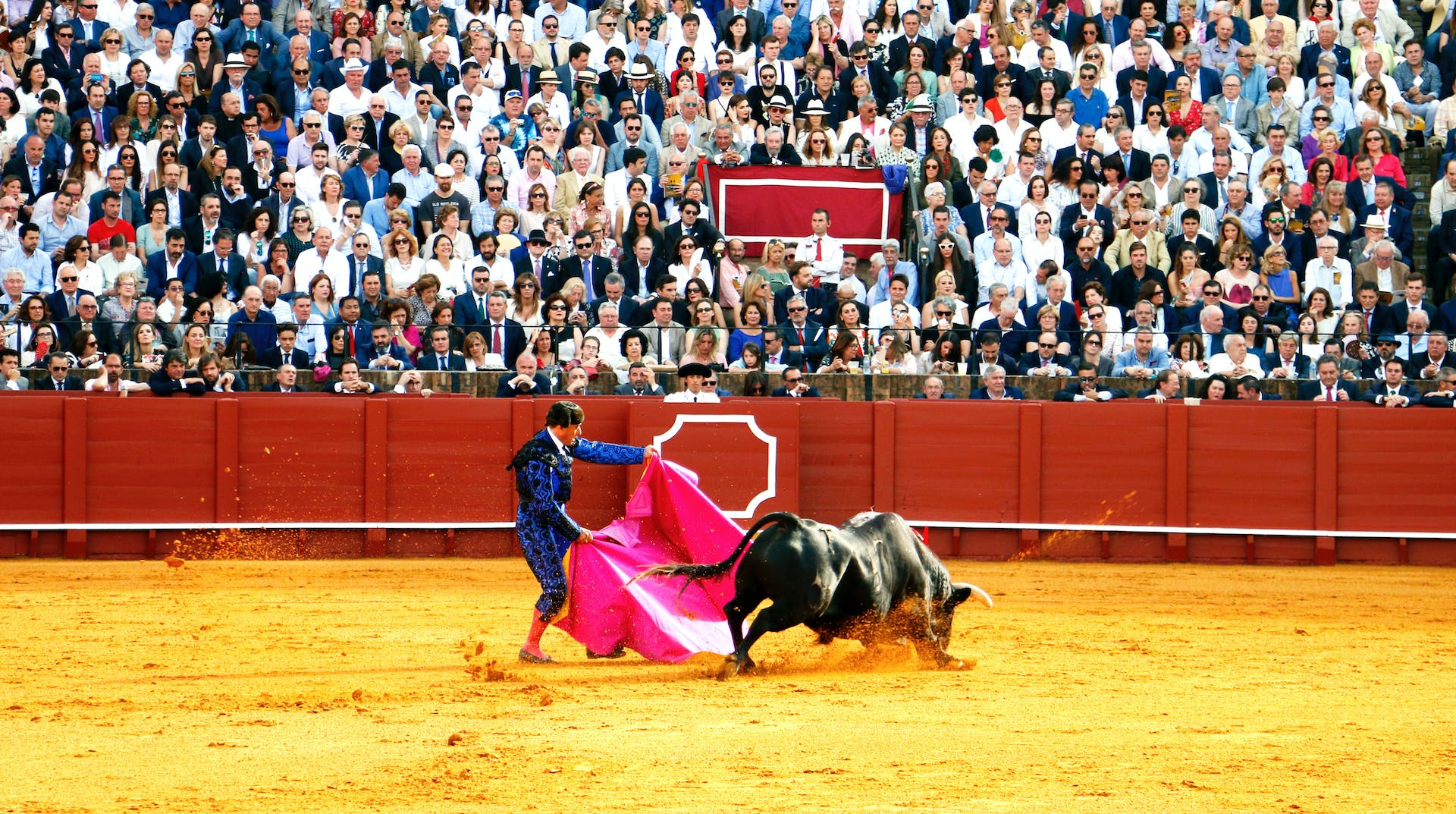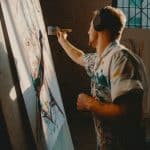Across the globe, from Alberta, Canada, to the remote regions of South Africa, games have always played a significant role in shaping and reflecting the social dynamics of a society. For the indigenous people, games are more than a way to pass the time; they serve as a conduit to pass on their rich cultural heritage to the next generation. These traditional sports and games have been deeply rooted in the practices, customs, and life of indigenous peoples, often demonstrating their values and the wisdom of their ancestors.
In this article, we will explore how indigenous games, often overlooked by mainstream sports, play a critical role in preserving the cultural heritage of indigenous communities. Furthermore, we’ll delve into the resurgence of these games among indigenous youth and the implications for cultural preservation in a rapidly changing world.
A lire en complément : How do athletes deal with the pressure of representing their country in international competitions?
The Cultural Significance of Indigenous Games
Games are a mirror to a society’s culture, reflecting its beliefs, traditions, and social norms. For indigenous communities, games are steeped in myth, history, and cultural significance. They are not just pastimes, but also serve as tools for teaching societal rules, survival skills, and the cultural values of the community.
Take, for example, the traditional hand games of the indigenous cultures in Alberta, Canada. These games of strategy and skill are not merely about winning or losing. They are a form of social interaction, a way of building community ties and passing on cultural stories and myths from one generation to another. Similarly, in South Africa, indigenous games like Dibeke and Kgati have been played for centuries, encapsulating the cultural practices and values of the indigenous tribes.
Avez-vous vu cela : The science of sports hydration: optimizing fluid intake for performance.
Impact of Mainstream Sports on Indigenous Games
With the advent of mainstream sports, the fabric of traditional indigenous games has been significantly altered. Sports like football, basketball, and cricket have gained popularity among the youth, resulting in the gradual decline of indigenous games. The glamour and commercialization of mainstream sports have overshadowed the cultural richness of traditional games, pushing them to the brink of extinction.
However, it’s not all doom and gloom. There’s been a resurgence in the popularity of indigenous games, particularly among the indigenous youth. Across Alberta and in other parts of Canada, traditional hand games tournaments are attracting young players, eager to connect with their heritage. Similarly, in South Africa, traditional games are being revived in schools and local communities with the aim of preserving indigenous cultures.
Reviving Indigenous Games – A Step towards Cultural Preservation
In recent years, there’s been a renewed global interest in indigenous games. Member states of the United Nations have recognized the importance of these games in preserving intangible cultural heritage. They are now on the list of intangible cultural heritage, protected under the UNESCO Convention for the Safeguarding of the Intangible Cultural Heritage.
By reviving these games, we’re not just preserving a set of rules or techniques, but we’re keeping alive the traditional wisdom, practices, and values of an entire community. These games offer a unique insight into the cultural landscape of the indigenous peoples, allowing us to understand and appreciate their rich and diverse heritage.
Conclusion – Indigenous Games: The Key to Cultural Heritage
In conclusion, the role of indigenous games in preserving cultural heritage cannot be overstated. These games, deeply embedded in the cultural fabric of indigenous communities, serve as a lifeline to their past, a mirror to their present, and a bridge to their future.
In a world dominated by mainstream sports, we need to pay more attention to indigenous games. Encouraging indigenous youth to participate, promoting these games in schools and local communities, and recognizing them on global platforms can go a long way in preserving our diverse cultural heritage.
Let’s not forget that in every hand game, in every traditional sport, there’s a story waiting to be told, a culture waiting to be explored, and a heritage that deserves to be celebrated. As we step into the future, may we never lose sight of the past. Because, in the end, our heritage is not just what we inherit, but what we pass on to the next generation.











